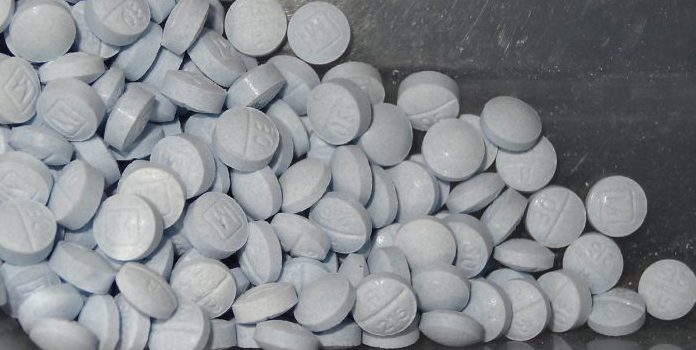(The Center Square) U.S. Drug Enforcement Administration [DEA] Administrator Anne Milgram and Fla. Attorney General Ashley Moody are warning Americans about the dangers of fentanyl, especially as Halloween approaches and American youth are being targeted with pills that look like candy.
Their warning comes after Moody and 17 attorneys general have called on the Biden administration to classify fentanyl as a weapon of mass destruction and after the DEA and Moody have warned about digital drug dealers using social media apps to lure children into purchasing deadly drugs.
Brightly colored rainbow fentanyl pills look like candy. Some refer to them as “Sweet Tarts,” or “Skittles,” because they can look like actual candy that isn’t poisonous.
The DEA and Moody have been aggressively warning parents that one pill can kill, and for children, teens and college students to not take any pills other than those prescribed by their doctor and with their parents’ permission.
Two milligrams of fentanyl, the size of a mosquito, is lethal enough to kill a grown adult and is 100 times more potent than morphine.
Milgram is warning that cartel operatives are following minors using apps on their smartphones.
“The cartels are on smartphones and what we know without question is that most young people are aware that there are people dealing drugs on social media, not everyone, but particularly when you start to talk to high school kids, they have an awareness,” she told NBC News in a recent interview.
Milgram said parents need to have “open and honest conversations” with their children about the dangers of fentanyl and to identify how they might be targeted.
“When we were in the room with the fentanyl families, the families that have lost loved ones, I was stunned when they said that they wished they’d talked to their kids in elementary school,’’ she said.
“Not in a way that would be frightening but just in a sense that you have to make healthy choices about your bodies.”
Manufacturing, marketing and selling rainbow fentanyl is a new method being used by cartel operatives, she said. Normally, fake pills are made to look like real prescription pills or illicit drugs like cocaine are mixed with fentanyl.
The precursors to make fentanyl are shipped from China to Mexico, where they are made into the drugs that are brought into the U.S. through the southern border.
The DEA thinks the cartels are making rainbow fentanyl “to get new users, to appeal to younger users,” Milgram said.
So far, the DEA and other law enforcement agencies have seized rainbow fentanyl in 21 states, she said.
Its agents also have been called to middle schools throughout the U.S. to investigate pills that looked like real prescription drugs but turned out to be fake pills laced with fentanyl.
Moody says digital dealers “are using some of the most popular apps to target children. They push prescription opioids but often deliver counterfeit pills laced with fentanyl instead.”
“The scary part is users have no idea what they are taking,” she added. “Too many parents have found out too late that just one pill can kill.”
Digital dealers are targeting minors primarily through four major social media apps: TikTok, Snapchat, Instagram and Facebook, Moody warns. They’re also using certain emojis to communicate with minors about drugs, including ones that look like pills and candy.
“Certain emojis that we have uncovered in our investigations show that drug traffickers and our youth are using emojis to communicate regarding drugs, buying drugs and trying to obtain drugs,” Deanne Reuter, special agent in charge of the DEA-Miami division, said earlier this year.
The DEA has published an Emoji Drug Code to help parents identify the emojis most often used to communicate with minors about drugs.
As Halloween approaches, those in law enforcement are warning parents to remain vigilant.

